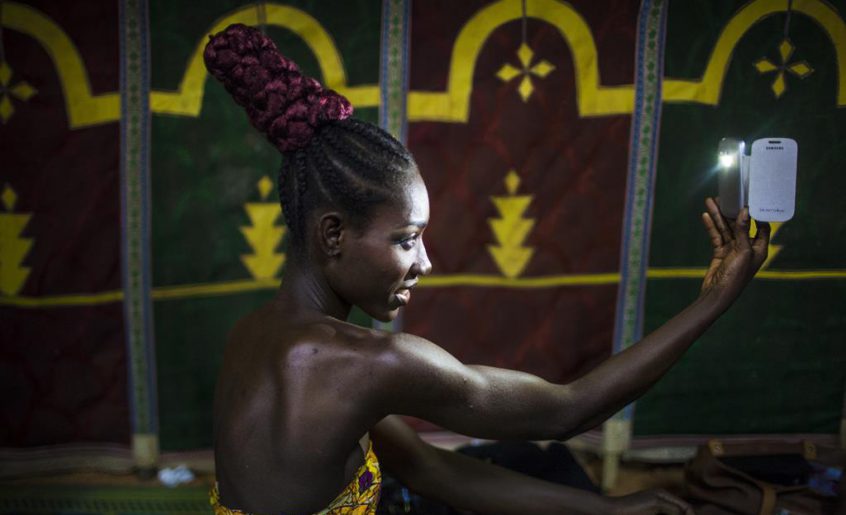THE TOP 7 ARTICLES ON AFRICAN STYLE I READ LAST WEEK

To the cry of Belard is the new cool! “The art of the turban” on the French blog Nothing but the Wax describes the headwrap as a hypervisible symbol of Afrodiasporic pride and, increasingly, a universal badge of coolness. The article includes links to turban-focused blogs and e-retailers of scarfs, as well as lots of beautiful pictures.
For more on the turban roll, CNN Africa shared a video featuring Hakeem Olaleye discussing the Nigerian art of gele tying.
Dynamic Africa published a feature on Oroma Elewa, Afrosartorial guru and creative director of lifestyle platform Pop’Africana. The article praises Elewa for casting “a much needed and refreshing lens on the diversity and complexities of the individuals and talents who, globally, are re-defining and re-shaping the constructs of various African identities.”
A piece on HowAfrica documents the emerging fashion scene in Niger, sharing some numbers on FIMA, the biannual Festival International de la Mode en Afrique held in Niamey. Unfortunately, none of the fashion pictures has a caption.
Fashion Business Africa writes about the success of Afrosartorial e-tailers and their growing impact on global fashion trends in a piece on Zuvaa, an affordable marketplace of African and African-inspired clothing with a focus on content and community.
“The quiet racism of Instagram filters” addresses the racial bias of the popular application. This well-documented essay raises important concerns regarding visibility politics/policies in the age of participatory media, discussing the experiences with Instagram filters of different women of colors. It also traces a genealogy of racism in vernacular photography by recalling how Kodak set photography’s skin-tone standards against a white woman. (Read more about it here)
Another article on black visual politics appeared in the New York Times, advertising the upcoming Enduring Truths: Sojourner’s Shadows and Substance (University of Chicago Press) by Darcy Grimaldo Grisby and “Picturing Frederick Douglass” (Liveright/W.W.Norton) by Stauffer, Trodd, Bernier, and Gates.